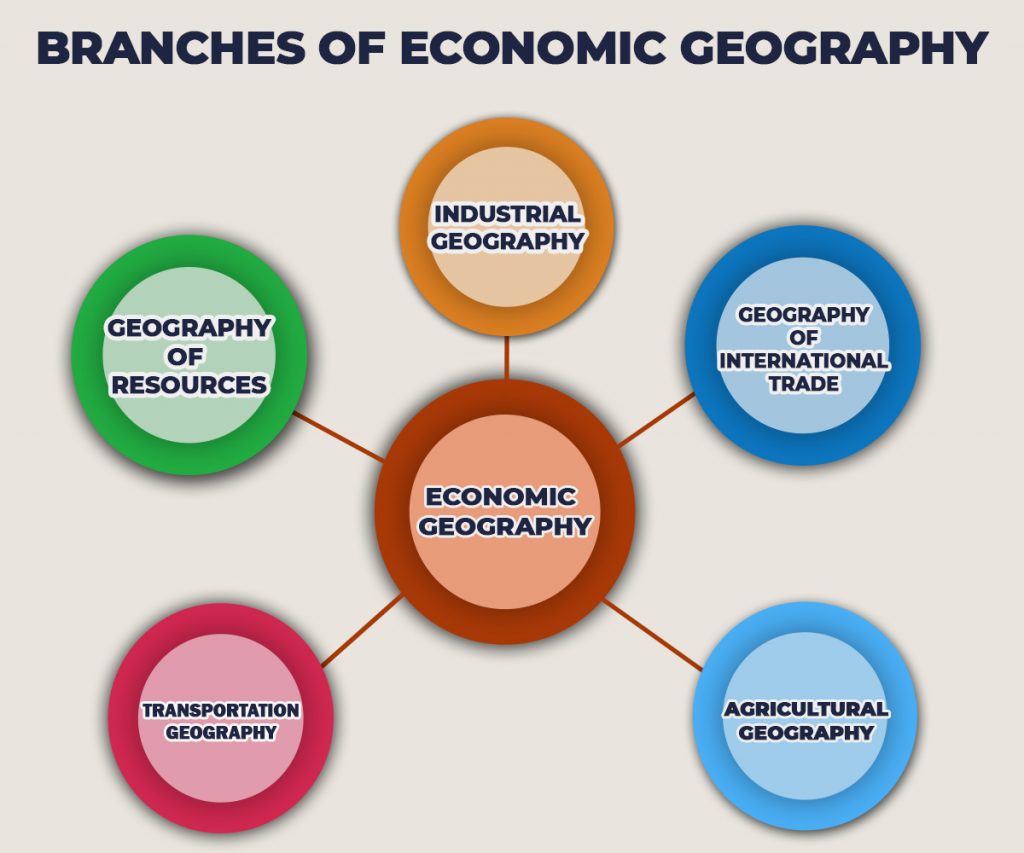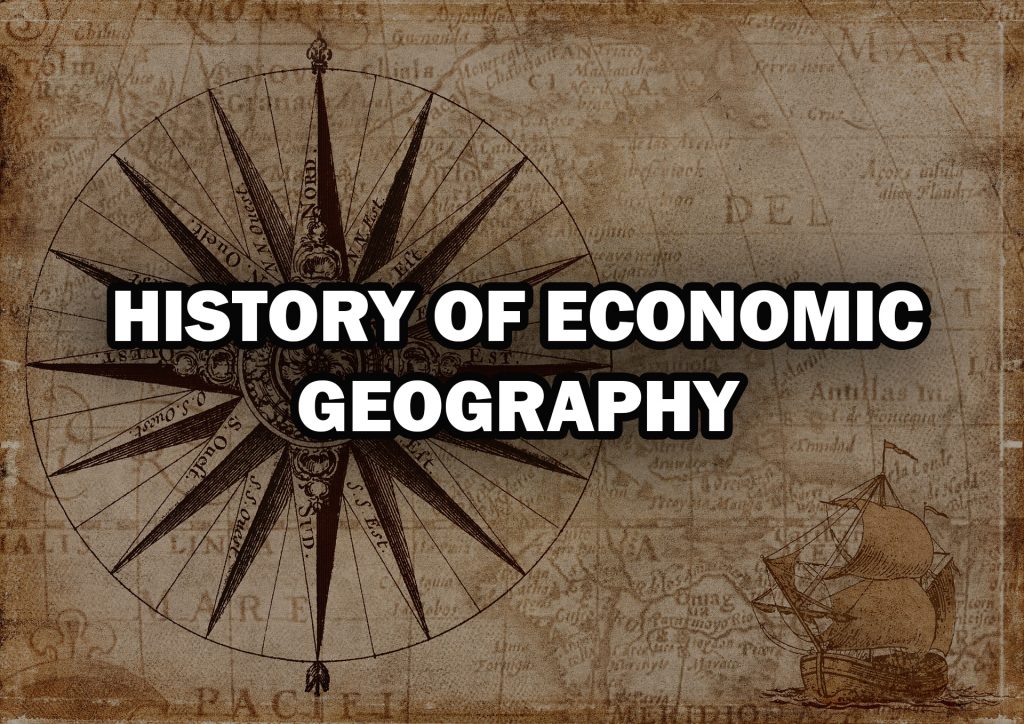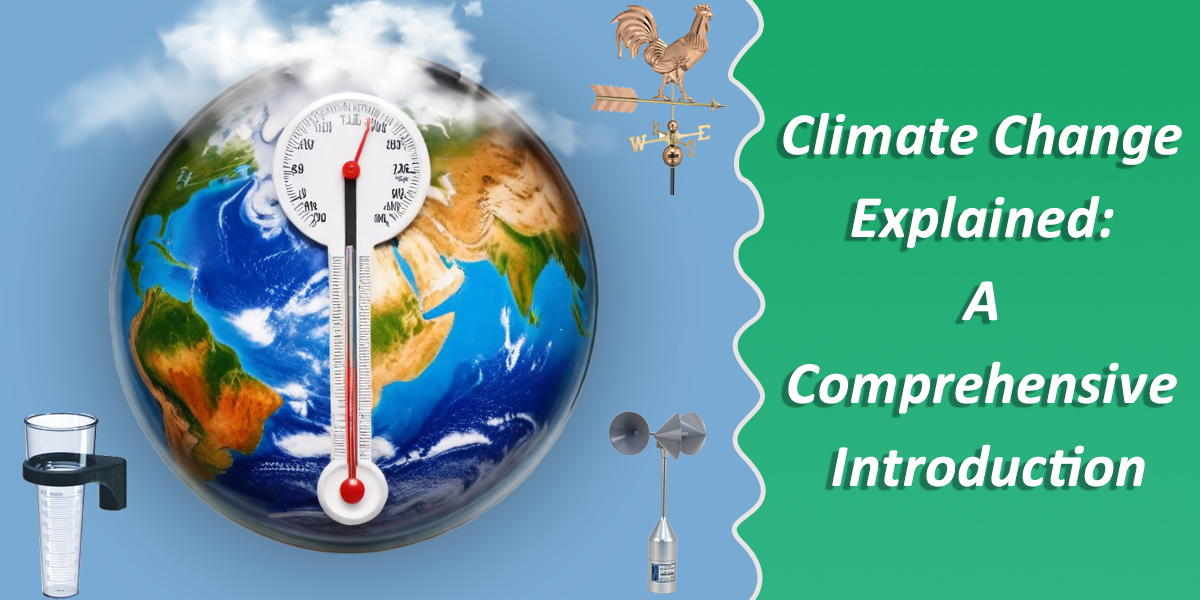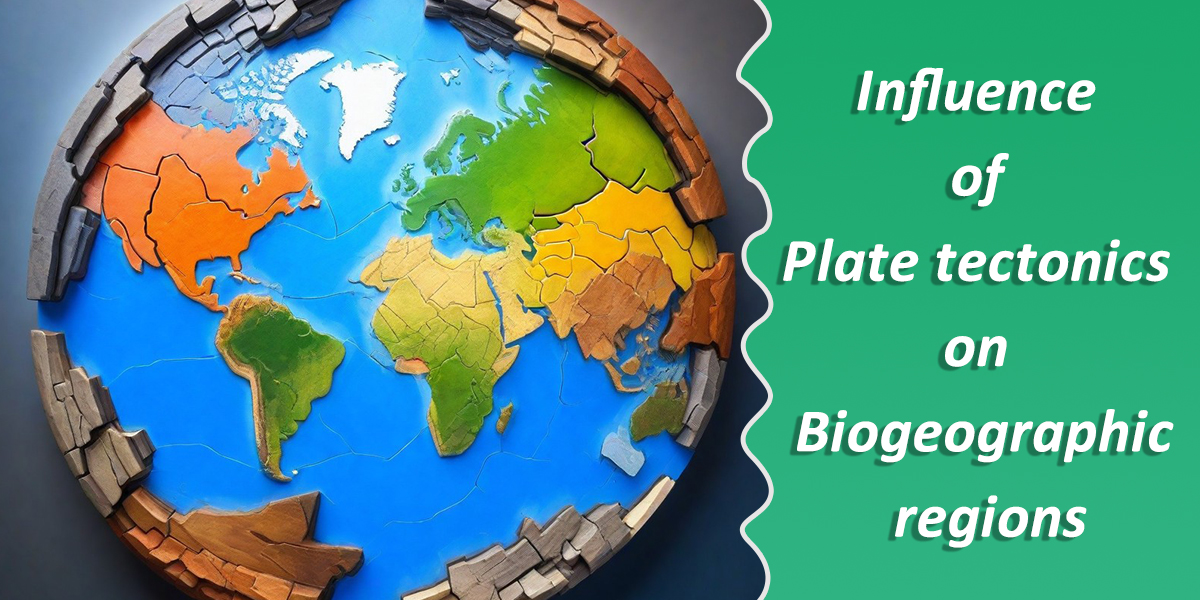Economic geography is a branch of human geography that studies the spatial distribution of economic activities, as well as their relationship interactions with the physical and social environments. It examines the relationship between geographic location, regional economies, and economic processes like production, consumption, trade, and investment.
It is concerned with the ways and problems of making a living and spatial interaction, it is concerned with the exploitation of the earth’s natural resources, the production of commodities, whether raw materials, foodstuffs, or manufactured goods, and their transportation, distribution, and consumption.

Table of Contents
ToggleBranches of Economic Geography
Economic geography is a broad field and therefore divided into several branches or sub-categories to focus on different aspects and dimensions of economic activities and their spatial patterns. The following are the key branches of economic geography;
- Industrial Geography: This field investigates the geographical organization of economic activity in urban areas, as well as the growth of industrial sectors. It studies the placement and clustering of industrial facilities in urban areas, urban economic structures, land use patterns, urbanization processes, and the effects of urbanization on economic development.
- Geography of International Trade: This focuses on the flows, spatial patterns, and relationships of international trade activities between countries and regions. It examines the geographical aspects of trade, including the trade routes, locations of export and import activities, and the distribution of traded goods and services.
- Agricultural Geography: This is a branch of economic geography that is concerned with the spatial distribution, features, and interactions of agricultural systems and activities. It investigates how environmental, social, economic, and political factors influence agricultural practices, land use patterns, and food and other agricultural product production.
- Transportation and Communication Geography: This branch of economic geography places its focus on the spatial patterns and relationships of transportation networks and communication infrastructure. It examines how these systems shape the movement of people, goods, services, and information across different regions and how geography influences the development and organization of transportation and communication networks.
- Geography of resources: This is a branch of economic geography that studies the distribution and features of resources that distinguish one region from another, with a focus on resource consumption, evaluation, conservation, and management in relation to the environment. It includes a study of man’s demand for natural resources, as well as their exploitation and development.

History of Economic Geography
Economic geography has evolved and developed over time through various stages, the following are the stages:
- Early Foundations (18th–19th century): Economic geography has its roots in the writings of Adam Smith and David Ricardo, two classical economists who discussed the impact of geography on economic activity and international trade. They made emphasis on the role that resources, trade, and comparative advantage play in determining economic trends.
- The Quantitative Revolution (1950s-1960s): The 1950s and 1960s saw a change toward a more quantitative and analytical approach to Economic Geography. Scholars focused on modeling economic processes and investigating the spatial distribution of economic activities, driven by advances in spatial analysis and regional science. Understanding location theory, regional growth trends, and industrial placement were all emphasized.
- New Economic Geography (1980s-1990s): This emerged due to the influence of factors like economic theory, and the rise of globalization. Paul Krugman and Michael Porter, among other prominent scholars, studied the causes of economic activity agglomeration and clustering, the function of trade, and the effects of economies of scale and transportation costs on regional development.
- Critical and Cultural Turns (late 20th century-present): At this stage, the focus of Economic Geography shifted towards adopting critical and cultural perspectives. Scholars began to investigate economic processes’, social, political, and cultural components, delving into topics like gender, labor, globalization, unequal development, and environmental sustainability. This transition gave rise to subfields such as feminist economic geography, cultural economy, and political economy.
- Spatial Analysis and GIS (late 20th century-present): Economic geography went through a revolution with the introduction of Geographic Information Systems (GIS) and spatial analysis methods. Researchers started analyzing economic processes at various scales using geospatial data, mapping, and spatial modeling. A greater knowledge of spatial patterns, accessibility, and the effects of policy interventions was made possible by the incorporation of spatial analysis techniques.
- Contemporary Approaches: Today’s economic geography covers a diverse range of approaches and topics. Regional development, urban and rural economies, international production networks, innovation and knowledge economies, sustainability, and the digital economy are just a few of the topics it explores. Collaborations between economic geography and other academic disciplines like sociology, anthropology, and environmental studies have helped in the improvement of the discipline.
In response to continual economic, social, and environmental changes, economic geography continues to grow and evolve. Today’s emphasis in the field is to understand the complexity of international economic systems, solve social and environmental injustices, and advance inclusive and sustainable economic growth.
Contributions of key figures in the history of Economic Geography

Throughout history, various prominent personalities have shaped the field of economic geography. The followings are Some important contributors and their substantial contributions to the growth of economic geography;
- Johann Heinrich von Thünen (1783-1850): Thünen was a German economist who laid the foundation for spatial economics and agricultural land use theory. His work, particularly “The Isolated State” (1826), introduced the concept of the “von Thünen rings” to explain the spatial organization of agricultural activities around a central marketplace.
- Alfred Weber (1868-1958): German economist Weber is renowned for his contributions to the theory of industrial location. He popularized the idea of the least-cost location in his book “Theory of the Location of Industries” (1909), which focused on labor, transportation costs, and agglomeration economies as major determinants of the geographic distribution of industries.
- Walter Christaller (1893-1969): In 1933, a German geographer by the name Walter Christaller, developed the central place theory in his book “Central Places in Southern Germany”. this theory examines the size, number, and spacing of urban settlements based on the provision of goods and services to surrounding areas. This theory has contributed to our understanding of the organization of cities based on hierarchy and their functional relationships.
- August Lösch (1906-1945): In 1940, a German economist and geographer by the name Lösch, expanded further on Weber’s industrial location theory and introduced the concept of “satisficing” behavior in his book “The Economics of Location”. August Losch argued that firms and businesses only aimed at satisfaction rather than a suitable location for the company, considering factors beyond cost like market potential and competition.
- Brian Berry (1934-2002): An American geographer, Berry made substantial contributions to the fields of spatial analysis and regional development theory. He contributed to the development of quantitative approaches in economic geography through his work on location-allocation models and spatial analysis techniques, including the gravity model and spatial interaction models.
- Paul Krugman (1953-present): The work of American economist Krugman, who focuses on trade and economic integration, has significantly influenced the study of economic geography. The research he conducted on the “New Economic Geography” contributed to the understanding of the spatial concentration of economic activities as well as the significance of increasing returns to scale and transportation costs.
- Doreen Massey (1944-2016): British geographer by name Massey, significantly influenced our understanding of spatial and social relations in economic geography. Her work questioned conventional ideas of space and place by focusing on the social creation of places and the interactions between power, identity, and economic processes.
These notable people have significantly influenced the growth of economic geography by offering conceptual frameworks, analytical methods, and empirical findings that have altered the discipline’s understanding of spatial economic processes. Their work still has an impact on current economic geography studies.
Approaches of Economic Geography
Economic geography is a very broad discipline, and economic geographers all over the world employ a variety of methodologies. The following are some of the distinct approaches to economic geography that have evolved over time;
- Theoretical economic geography: This focuses on building theories about the spatial arrangement and the distribution of economic activities. It seeks to answer fundamental questions about why economic activities are unevenly distributed across space and how this uneven distribution influences economic outcomes.
- Regional economic geography: This investigates the economic conditions of specific regions or countries around the world. It addresses both economic regionalization and local economic development. It looks into the factors that contribute to regional disparities and uneven development.
- Historical economic geography: It examines the historical processes and events that have shaped the spatial patterns of economic activities. It investigates how historical factors, such as colonization, industrialization, and technological advancements, have influenced the development and organization of economies. By understanding the historical context, this approach helps explain the long-term dynamics and legacies that contribute to the current economic geography of regions. It uses historical data to examine how regional centers of population and economic activity change over time, how patterns of regional specialization and localization change, and what causes these changes.
- Critical economic geography: This is an approach that evaluates the political, social, and political dynamics that underlie both spatial and economic activities. It examines how capitalism, globalization, and neoliberal policies affect economic geography while criticizing conventional economic theories. It places a strong emphasis on social justice, inequality, and environmental sustainability while criticizing dominant power structures and promoting radical change in the way that economic systems and physical space are organized. This approach is derived from the perspective of contemporary critical geography and it’s philosophy.
- Behavioral economic geography: This examines how human behavior and decision-making processes influence economic activities and spatial patterns. It studies how individuals, organizations, and institutions make decisions, interact with one another, and respond to incentives in specific geographical situations. This approach incorporates behavioral economics principles into the study of economic geography in order to give an insight into the psychological, social, and cognitive aspects that influence economic behavior at the individual and organizational levels.
Importance of the Study of Economic Geography
The study of Economic geography is important for a variety of reasons, including:
- Understanding Spatial Patterns: Understanding the spatial distribution of economic activity, such as industries, trade flows, and urban centers, is made easier by studying economic geography. It explores the reasons behind why certain economic activities are concentrated in particular areas or nations, as well as how resources, transportation systems, and market access influence these patterns. For decision-makers, companies, and researchers to make well-informed choices about regional growth, investment, and trade policies.
- Regional Development and Planning: Economic geography sheds light on regional development discrepancies as well as measures for encouraging balanced growth. It helps identify the strengths and weaknesses of distinct regions by assessing aspects such as agglomeration economies, infrastructure development, and human capital.
This knowledge can assist policymakers in developing successful regional development policies, promoting economic diversification, and minimizing regional inequities. - Globalization and Trade: Understanding the dynamics of globalization and international trade requires a thorough understanding of economic geography. It looks at the spatial patterns of supply chains, trade flows, and global industrial networks. It aids in identifying factors influencing where manufacturing takes place, the function of transportation networks, and the effects of trade policy on local economies. For governments, companies, and economists looking to navigate the complexity of global commerce and maximize economic potential, this understanding is crucial.
- Urban and Regional Planning: Economic geography is used by urban and regional planners to evaluate the spatial organization of cities and regions. It can be used to investigate aspects like land use, transportation networks, and access to services and amenities. Urban planners can use this knowledge to create cities that are sustainable, enhance infrastructure, and encourage effective land use. In order to understand the spatial dynamics of urbanization, including issues like suburbanization, gentrification, and urban sprawl, economic geography is also helpful.
- Environmental Impacts: The interaction between economic activities and the environment is examined in economic geography. It examines how natural resources are distributed geographically, how human activity affects ecosystems, and how sustainability plays a part in regional development. Economic geography offers frameworks for promoting sustainable resource use and reducing environmental risks, as well as insights into how economic systems interact with natural systems.
- Policy Formulation: For evidence-based policy development, economic geography offers a strong foundation. Policymakers can use economic geography studies to pinpoint industries for development, identify regional assets, and create efficient policies to support economic growth and resilience. Additionally, economic geography aids in understanding the geographical effects of policy interventions, assessing the success of regional development programs, and foreseeing the consequences of economic shocks or disruptions.
Conclusion
In conclusion, economic geography is a broad and multidisciplinary topic that explores the complex relationship between economy and space. We acquire significant insights into the dynamics of our economies and the causes that shape them by digging into the geographical structure of economic activities, examining theoretical frameworks, and investigating real-world case studies. Economic geography, through its practical applications and policy implications, helps to create a more informed and resilient economic environment, assuring a sustainable and prosperous future.











